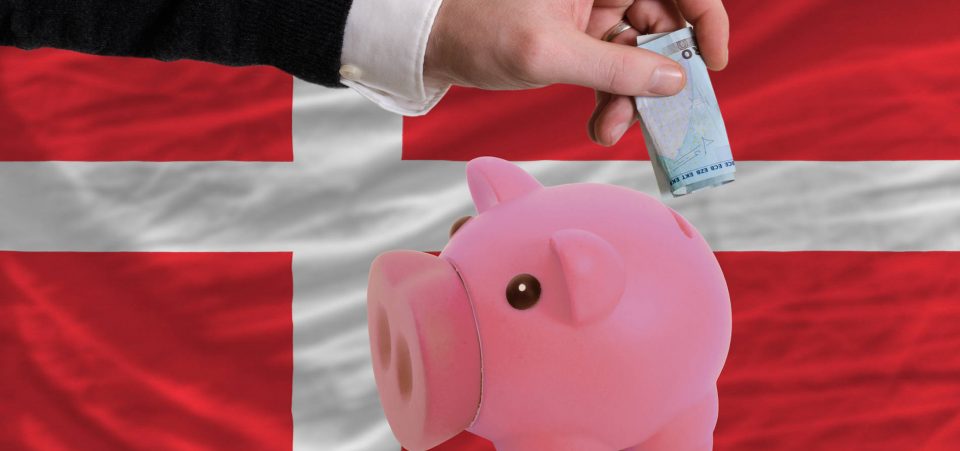Getting paid interest on your mortgage sounds too good to be true. But for a 35-year-old guy in Denmark, that has become reality.
Hans Peter Christensen, a financial consultant living in Aalborg, Denmark, was surprised by the quarterly interest payment of -249 Danish krones when he opened his latest mortgage statement. (Source: “Negative Rates Around the World: How One Danish Couple Gets Paid Interest on Their Mortgage,” The Wall Street Journal, April 14, 2016.)
“My parents said I should frame it, to prove to coming generations that this ever happened,” he said. (Source: Ibid.)
Danmarks Nationalbank, the country’s central bank, currently has a benchmark interest rate of -0.65%. But the country is not alone; the European Central Bank and the Bank of Japan have both adopted negative-interest-rate policies to boost their stagnant economies. However, Denmark’s benchmark interest rate has been in the negative territory since 2012—longer than any other country in the world.
Still, seeing a negative interest payment on a mortgage statement is something unusual.
“If you had said this would happen a few years ago, you would have been considered out of your mind,” said Torben Andersen, professor of economics at Aarhus University in Denmark. (Source: Ibid.)
While some borrowers can now get paid interest on their loans, savers are not having a good time. Many thought that even under negative policy rates, interest rates on savings accounts wouldn’t go negative. However, a German bank has proven them wrong.
Last month, Bloomberg reported that a German cooperative savings bank in the Bavarian village of Gmund am Tegernsee would start charging retail customers on deposits. Customers will have to pay the bank 0.4% interest on savings in excess of 100,000 euros. (Source: “Negative Rates for the People Arrives as German Bank Gives In,” Bloomberg, August 12, 2016.)






